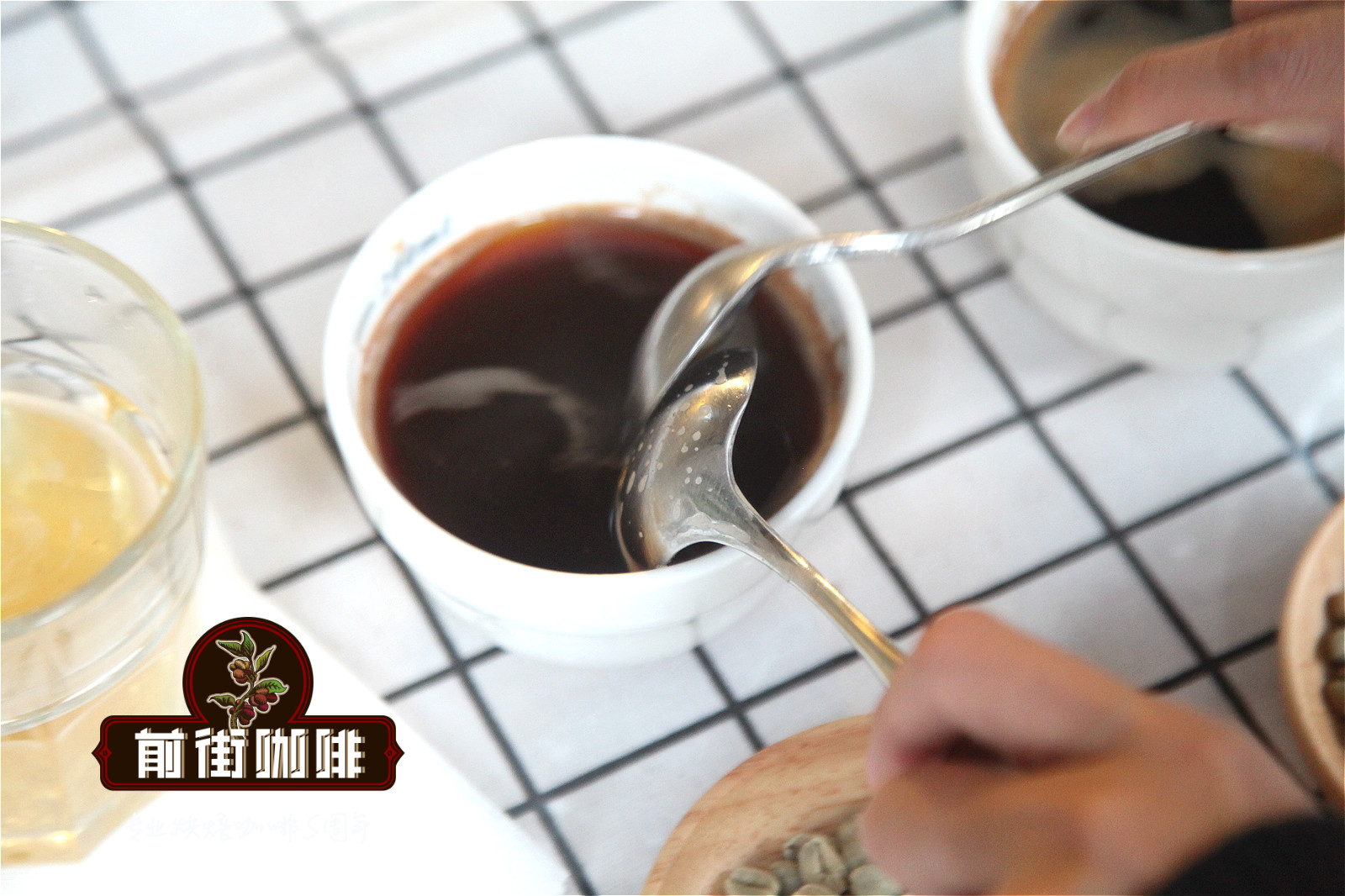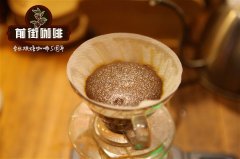Introduction to the flavor characteristics of Malabar Manor

Malabar Estate is 1400 to 1800 meters above sea level, with temperatures of 15-21 ° C and annual rainfall of 2000 mm, ideal for Arabica coffee production. Malabar Coffee Plantation in Indonesia is an area managed by the Community Forest Management concept, and its planted species are certified by the Center's Seed Certification and Quality Control Agency.
Arabica coffee from Malabar Estate is very special because it achieves the process of peeling, washing and drying from the beginning of the coffee fruit sorting (GMP) after harvest. Storage in the warehouse is closely monitored, especially moisture, humidity and warehouse cleanliness
1. Selection: Fully ripe coffee fruits are selected and sorted according to their physiological maturity.
2. Stripping.
3. Washing: Coffee beans are completely washed by hand.
4. Drying: spread on a net bed or shelf, placed in a cool place to avoid direct sunlight exposure. Copyright belongs to the author. Please contact the author for reprinting in any form.
6. Fumigation of advanced seeds: Technical measures for killing pests, germs, or other harmful organisms in enclosed spaces using such compounds as fumigants.
Malabar Manor coffee all use asexual reproduction, which is known as cloning technology, to ensure that each coffee bean unity.
Malabar Estate Coffee Seedling Nutritional Results
1. Ensure clone purity
2. Parent tree with same attributes
3. Age is relatively short from root (9-12 months)
4. wide enough rhizomes
5. uniform mass will be obtained
6. Relatively short harvest period (1-2 years)
Important Notice :
前街咖啡 FrontStreet Coffee has moved to new addredd:
FrontStreet Coffee Address: 315,Donghua East Road,GuangZhou
Tel:020 38364473
- Prev

What is the difference between individual coffee beans, boutique coffee beans and blended coffee beans?
Individual coffee is made from a single coffee bean produced in the country of origin and is a pure coffee without milk or sugar when drinking. Single Origin is relative to Blended Coffee. To put it simply, a single product can be a single coffee producing country, a single producing area, or even a single manor. One of the important features of individual items is that they can be traced back to the source and make coffee love.
- Next

Introduction to the Flavor characteristics of Lake Parr Coffee in Guatemala
Guatemala has been growing coffee since around 1850. Common beans in Guatemala today include Typica, Bourbon, Caturra, Catua, Pacas, Maragogype, Pacamara (a hybrid of the first two), Pache Comum (a local variety of Typica), and Gesha. Among them, Lake Parr Coffee, the Manor of Nanguo in Guatemala, also has its unique characteristics.
Related
- Detailed explanation of Jadeite planting Land in Panamanian Jadeite Manor introduction to the grading system of Jadeite competitive bidding, Red bid, Green bid and Rose Summer
- Story of Coffee planting in Brenka region of Costa Rica Stonehenge Manor anaerobic heavy honey treatment of flavor mouth
- What's on the barrel of Blue Mountain Coffee beans?
- Can American coffee also pull flowers? How to use hot American style to pull out a good-looking pattern?
- Can you make a cold extract with coffee beans? What is the right proportion for cold-extracted coffee formula?
- Indonesian PWN Gold Mandrine Coffee Origin Features Flavor How to Chong? Mandolin coffee is American.
- A brief introduction to the flavor characteristics of Brazilian yellow bourbon coffee beans
- What is the effect of different water quality on the flavor of cold-extracted coffee? What kind of water is best for brewing coffee?
- Why do you think of Rose Summer whenever you mention Panamanian coffee?
- Introduction to the characteristics of authentic blue mountain coffee bean producing areas? What is the CIB Coffee Authority in Jamaica?

